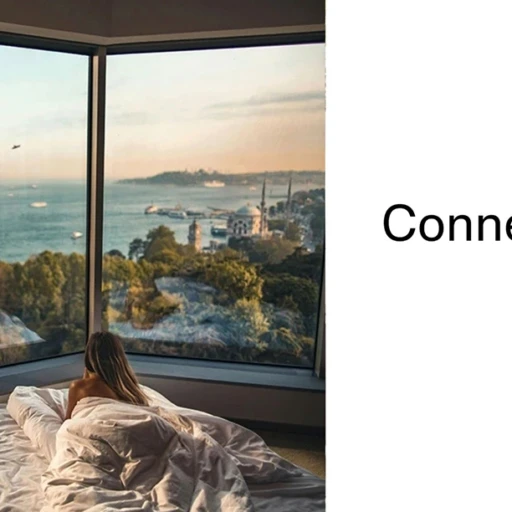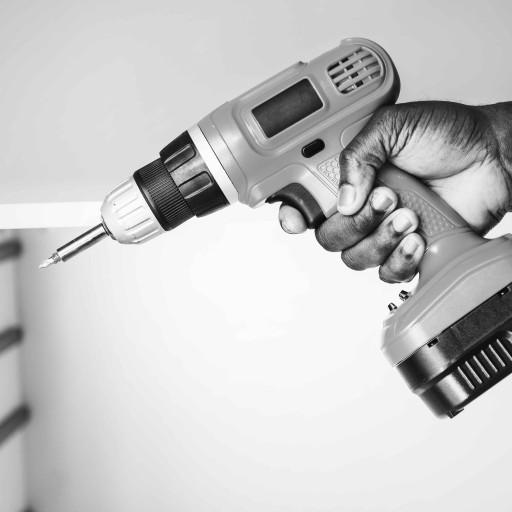“What makes me different is that I think…a lot”. This is the first line of Álex Rico Caramés’ professional profile. Originally from A Coruña, Galicia, he studied law in Barcelona, specialising in urban planning, and ended up back in his hometown as the creative director of his own strategy, branding, and audiovisual agencies: Urbanlab and Follow. He likes to learn, talk, and always be on the move, and he doesn’t like to limit himself in any way. Let’s connect with this inquiring mind.
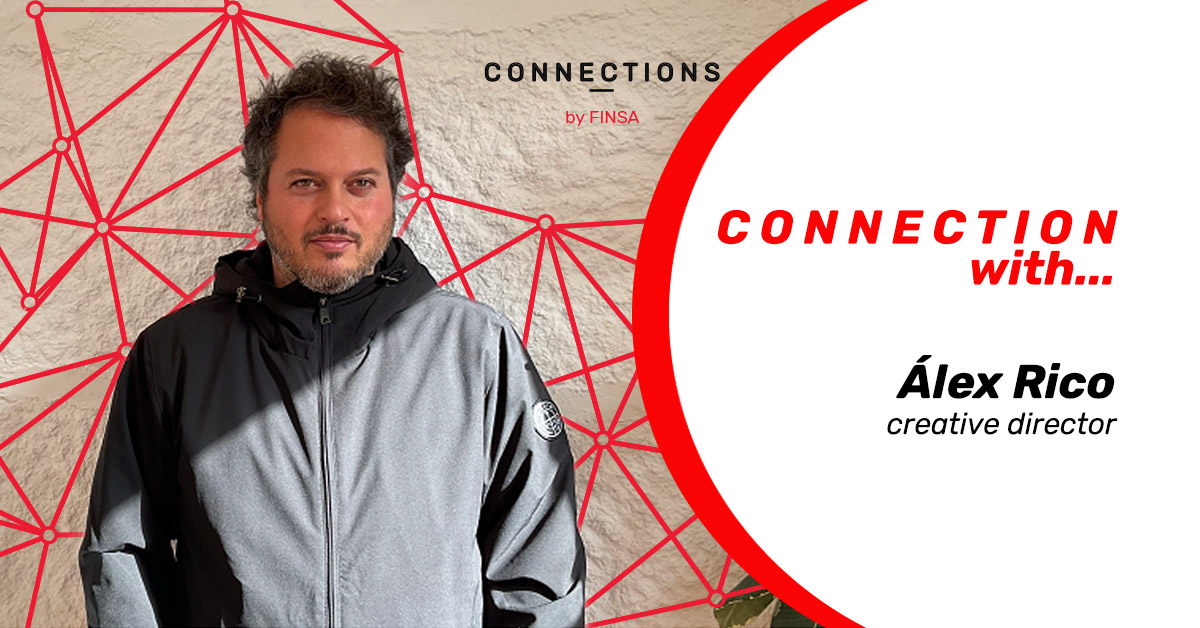
How does a law student specialising in urban planning end up working as a creative director?
Actually, it was quite a natural progression. My family has a long history in architecture, and I love everything about it. Life happened and I ended up in urban planning, and somebody said to me that, in order to work in urban planning at that time, I needed to study law. Obviously, I then realised that wasn’t the case, because I was interested in the creative side of urban planning, not the legal side. I didn’t study law so I could work in that world, I studied it to work in urban planning, and from there I went to Barcelona to specialise in this. In the end, urban planning is about the relationship that people have to their surroundings and vice versa. It’s about designing a space, a physical area, so that people can interact, work, and have quality of life. And, at the end of the day, that’s also what working with brands and in marketing is about. Let’s just say that, for me, it was a natural road to take in order to end up in something more closely related to marketing. I created my own strategy agency, Urbanlab, in 2009, and at the end of 2010, I created the first coworking space in Galicia. It didn’t really work out, to be honest. It was a rookie mistake.
Someone had to give it a go…
Yes, someone had to try and in fact, I have some really good friends in Vigo who started a second one, Espazo Nido, and it’s going really well for them. Mine lasted a little over three years. It was called The Room. For me, the coworking part was boring and I was constantly doing events, exhibitions, and things that motivated me and that allowed me to get to know a lot of people. At that time, it just wasn’t worth it. I was committed to making it work but eventually I decided that I was going to focus on what was really important to me: my agency, Urbanlab. I started to work with Inditex, for Zara, Pull&Bear, and branding for others like Gures coffee liqueur, and I was always putting together small teams for most of these projects.
I see myself as very proactive. I don’t wait for somebody to ask me to do something. When you suggest something, you have a lot more freedom because you don’t have any constraints at the beginning [of the project]. I think the best projects have come out of suggesting something and then working on it with the client and the team, but always starting from a proactive place.
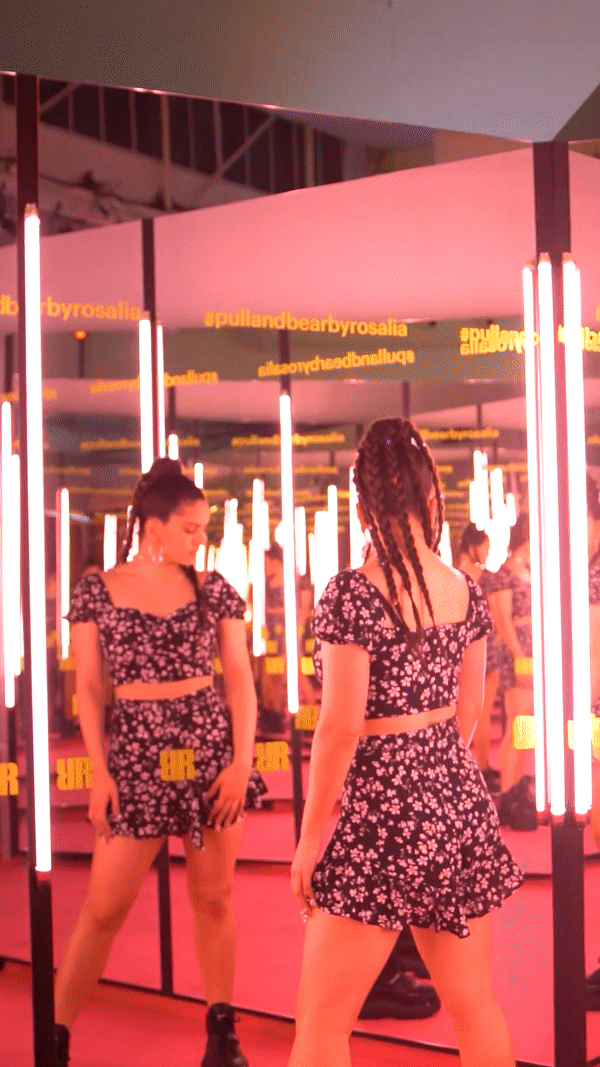
Is that related to what you said makes you different, that you like to think a lot?
I think that creative processes have two extremes and I believe that I work at one end of that spectrum, which is both good and bad. Some people like to think, think, think, and the project only becomes a reality at the end. I like to think, and I don’t stop thinking until the last minute, but at the same time, the final version of the project is like version number sixty. What I mean is that the first version is practically finished on the same day that I receive the project and then that version probably ends up having nothing to do with the final one.
I like to turn an idea into reality very quickly, whether it’s a strategy, a design, a festival, or something else, because it’s a very enriching process. It also allows me to comment on things, discuss them with people, get another perspective. I like to always be building on something.
How would you describe your approach to a new project?
For me, every project is exciting. It’s something new. I like to do lots of different things, rather than just focus on one. I start with that excitement and I turn it into something real very quickly. But I work with a process. I love to research. I analyse the client very closely. I like to see where they are at, what they have done, what they are doing, what their competition is doing, look at what inspired them for other projects, and also understand them. When I start, I don’t want any limits placed on me, even though they have to come from somewhere eventually. In the end, the clients have guidelines and it’s important to understand that there are many things going on in the creative process, not just what you would like to do or whatever came up during a discussion.
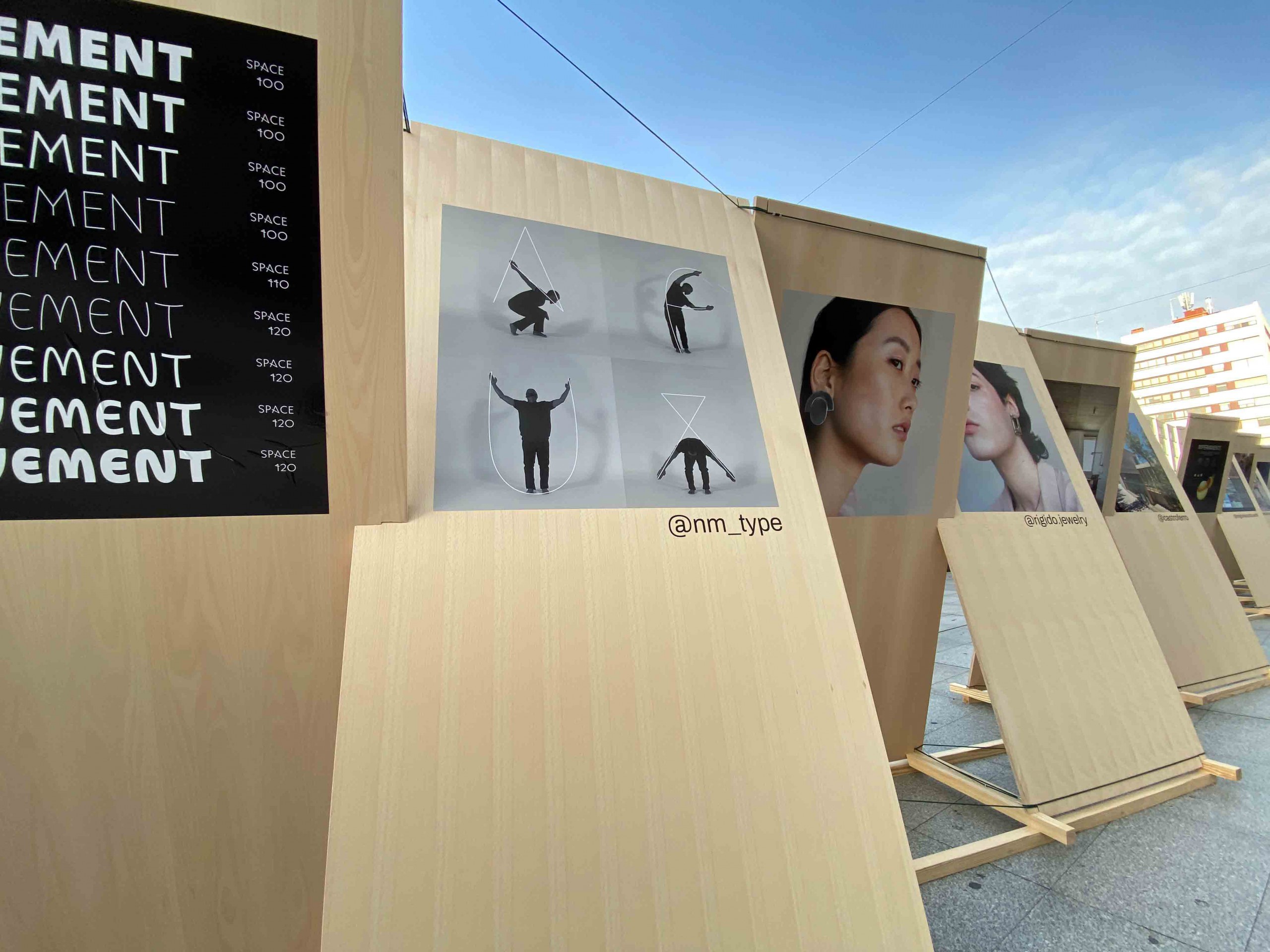
Is there a growing awareness about how important good design is, about the potential influence that a brand has?
In some sectors, yes. In the fashion world, for example, it’s been an integral part for a long time. Good marketing is essential. The same is happening in other sectors. Gures is good example. When a new product is launched, you know that the design is a weapon, an incredibly important aspect of your proposal. [In this case], it’s not just about the liquid it contains, because there are lots of different coffee liqueurs already. It’s about the aura you create, which is also related to consumer behaviour.
Dani Bembibre from Costa used to say that brands are actually a memory, and you choose one or the other because of how they make you feel. That’s why they should have a well-thought-out discourse behind them and do something original that has some substance. I believe that there is a lot more awareness in today’s world. It’s no longer just about the price-quality relationship. It’s much deeper than that. Some people are already asking for much more: social responsibility, concern for the environment…for consumers, these things often tip the scales in favour of one brand over another.
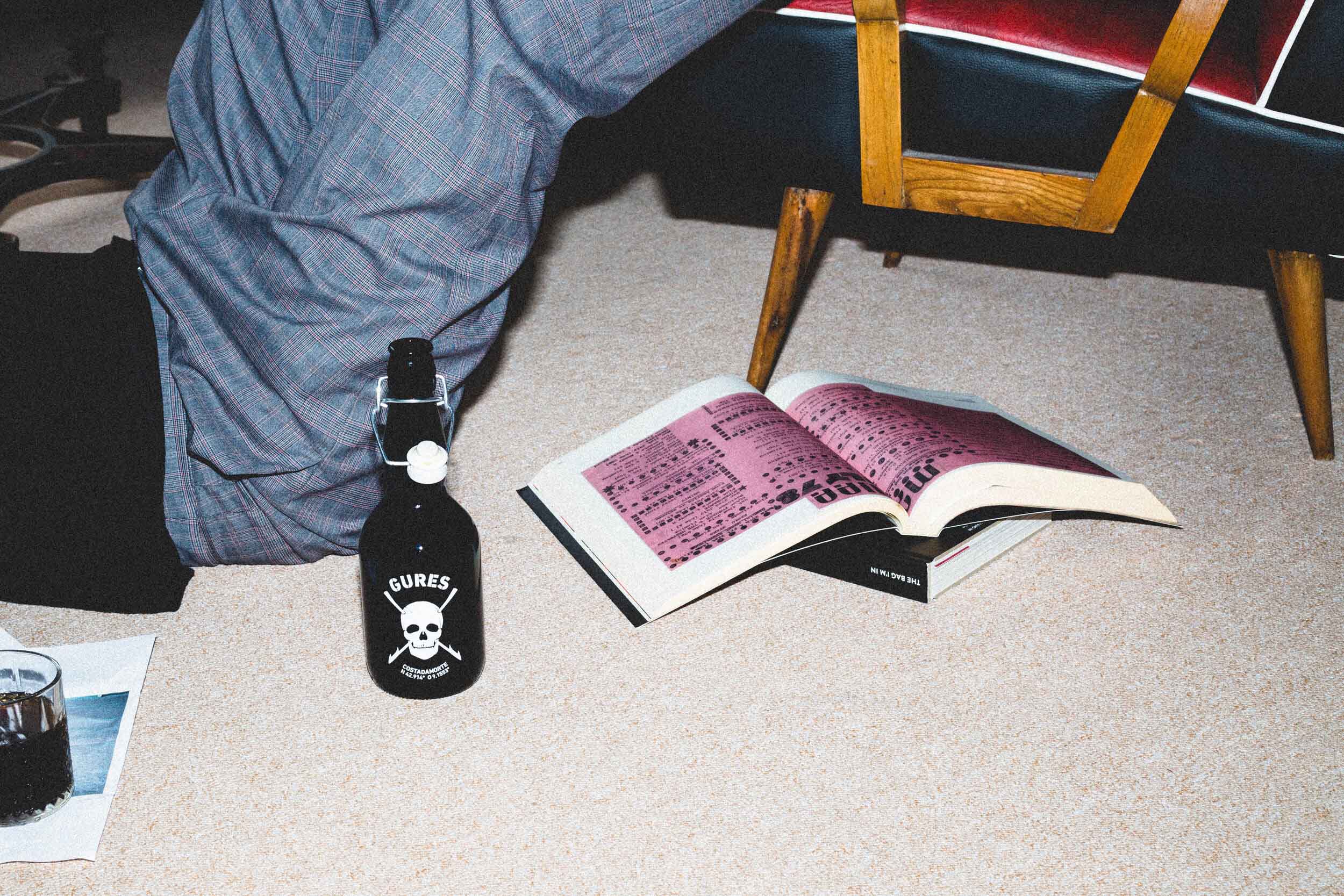
You started your own agency, Urbanlab, and then Follow came along. Is this an example of you needing to work on several different projects simultaneously?
It’s the result of two different things. On one hand, I like to work on different types of projects. The thing with a project is that it’s not just about an idea, it’s also knowing how to surround yourself with people who know how to execute it.
Urbanlab ended up covering too many different types of projects: a video for Zara’s HR department, branding for coffee liqueur, a creative plan for Fundación de Abanca. I liked the idea of creating a spin-off, of taking the visual, video, photography, fashion aspect out of Urbanlab, which is one of my favourite parts, and creating a team around that.
Recently, I’ve done the same with the branding side of things, and joined a new initiative called Brutto Studio, my new branding arm made up of Marco Oggian and Samuel Canay. I am really happy about this because now I have a more strategic agency in Urbanlab, another, more visual one in Follow, and a third, branding-focused one in Brutto, meaning there are now three, more specialised agencies with their own teams that really allow me to play around and have a lot of fun.
Do you have time for anything else?
I still have time for two festivals and a few other things. The big thing we had been working on for many years was #follow20, a design festival that finally took place last November. It was scheduled for June 2020, because we’d been working on it for months, and then the pandemic allowed us to slow down a bit and think about it a lot more. We had so many more ideas. We completely changed the format. We ended up doing a #folllow20 version 0. It was held almost entirely online, with a lot of content related to Galician design, from conversations with creatives, stories, videos…and a small exhibition in the Plaza de Lugo in A Coruña, #novodeseñogalego (New Galician Design).
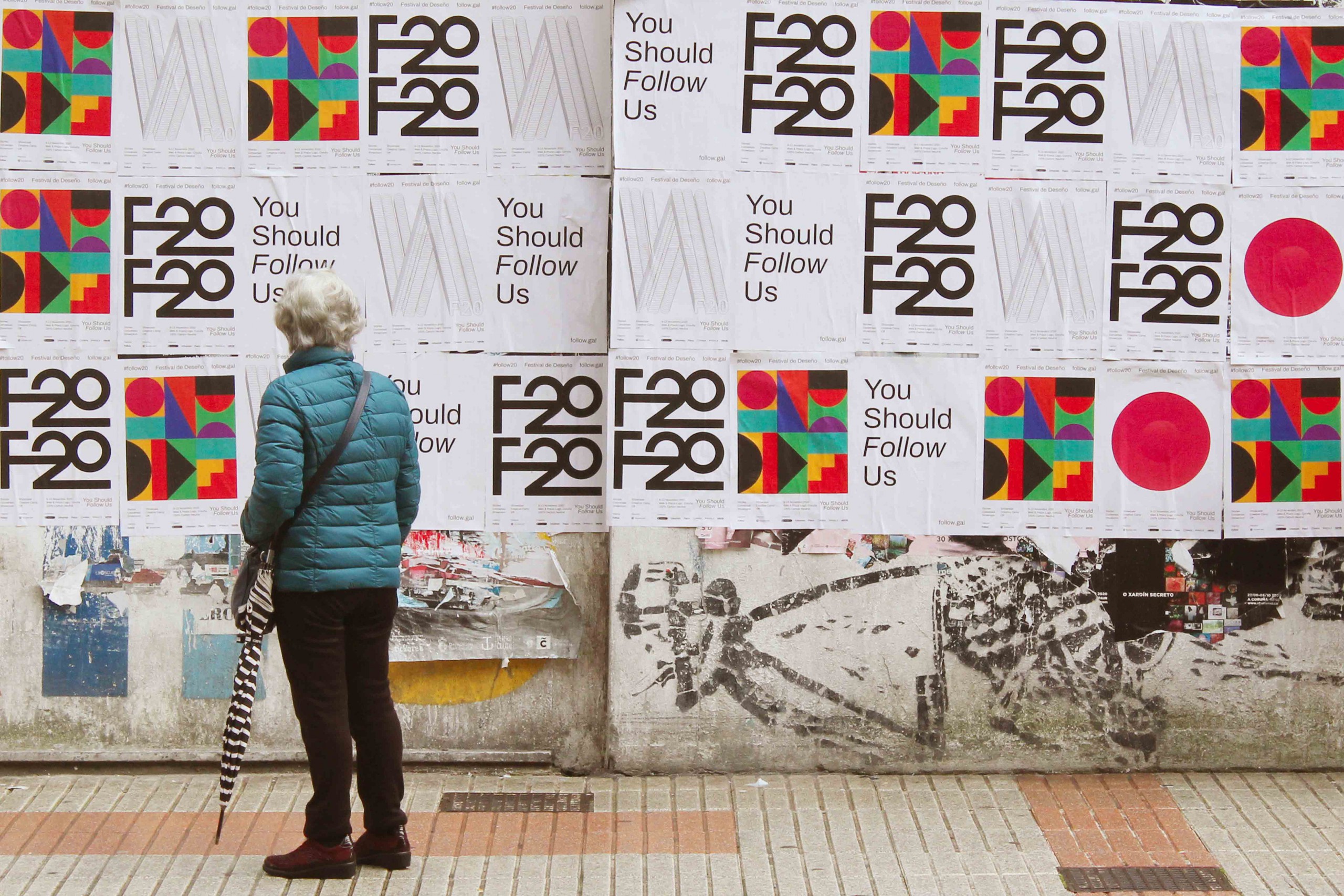
What was #follow20’s objective?
#follow20 and Galician Design Week, which is what it will become in 2021, have two objectives. Firstly, to create a wide-ranging design community in Galicia, something we think is missing. When the general public thinks of design, they always think of a logo. You think of the graphic design aspect, but there is so much more, including product design, fashion, audio-visual, architecture, and even other, more fluid disciplines. The common thread linking them all is creative thinking. Design is just than applied creative thinking.
Creating a design community in Galicia will result in other things, which is the second objective, and that is promoting and valuing design, bringing it to the attention of society, businesses, and institutions. It’s about making us into creators of experiences that are personal, cultural, professional exchanges, showing design’s inherent value. In fact, in this new 2021 edition, we are going to have Premios Galicia Design Week (Galicia Design Week Awards) in order to recognise the best in design.
You’ve made a cause that you’re passionate about- minimising our carbon footprint- a part of this festival. Can a project be successful if it’s not sustainable?
In this day and age, I think sustainability is a must, as is a quality design that can actually be produced. I don’t think that’s up for discussion. It should be an integral part of today’s design processes.
But this needs to be generalised, to be seen as an obligation. When I make a product, I have legal obligations because of regulations, but there is no regulating body for sustainability. But even if it’s not a legal obligation, it’s a moral obligation. In today’s world, sustainability should be an essential element [of any design].
In fact, that’s how the festival came about. A commitment to being carbon neutral is an integral part of it. Sustainability needs to be a part of every initiative. The sustainable version of everything should be the first option, not the third.
Ver esta publicación en Instagram
What inspires you?
I think we get inspired from the moment we wake up, because you always get ideas and you’re not quite sure where they came from. You go out and suddenly you see a well-designed sign, or you see a client have an experience with a brand. There are many micromoments, many microsituations that are great sources of passive inspiration.
There are also more active sources of inspiration. For example, dozens of newsletters arrive in my inbox every day. I read lots of online publications, both the general ones and the more specialised ones that focus on design, architecture, or marketing. When it comes to inspiration, you have to know what’s going on in the world and how things are being done in other places. I have multiple sources of inspiration, but in my day-to-day life, the most significant ones are my inbox and Google.
Who are the creatives that you connect with?
There are a lot of people doing really good things. When it comes to Galician design, there is Marco Oggian, an incredible creative, and in the world of architecture, Castroferro demonstrates an incredible sense of awareness.
Folch Studio in Barcelona and Paula Scher, one of the best graphic designers in the world, also deserve a mention. María Ramos, one the best typographers around, is also great. I don’t have a list of favourites because it would be very unjust and limiting.
What’s your next project going to be?
We are really busy with #follow21, in Galicia Design Week. We’re putting a lot of energy into that. There are also two other projects: a social innovation and creative economy festival, and a space for creative experiences.
We are also focusing on consolidating the group of agencies – Urbanlab, Follow, and Brutto – and going in new directions. But let’s just say that we are really looking forward to this year. We believe it’s going to be a great one. On a creative level, for sure. Let’s just hope we all get vaccinated.


